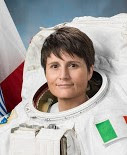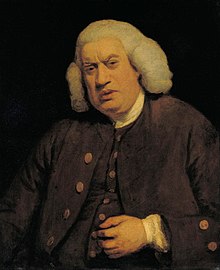Samantha Cristoforetti - astronaut
Record-breaker spent almost 200 days in space
Italy’s first female astronaut, Samantha Cristoforetti, was born on this day in 1977 in Milan. A captain in the Italian Air Force, in which she is a pilot and engineer, Cristoforetti holds the world record for the longest space flight by a woman, which she set as a crew member on the European Space Agency’s Futura mission to the International Space Station in 2014. Cristoforetti and her two fellow astronauts, the Russian Anton Shkaplerov and the American Terry Virts, left Kazakhstan in a Soyuz spacecraft on November 23, 2014 and returned on June 11, 2015, having spent 199 days and 16 hours in space – four days longer than the previous record for a female astronaut, held by the American NASA astronaut Sunita Williams. The mission was supposed to have ended a month earlier but had to be extended after a Russian supply freighter failed to reach the ISS. The extra time also allowed Cristoforetti to set a record for the longest time in space by a European astronaut of either gender. While Williams was hailed as the first person to complete a marathon in space when she ran 26 miles and 385 yards on the ISS’s on-board treadmill, Cristoforetti can claim to be the first person to have brewed an espresso coffee in space. Read more…
_________________________________________________________________
Michele Ferrero - the man who invented Nutella
Hazelnut spread that became a worldwide favourite
The man who invented the global commercial phenomenon that is Nutella spread was born on this day in 1925. Michele Ferrero, who died in 2015 aged 89, owned the Italian chocolate manufacturer Ferrero SpA, the second largest confectionery producer in Europe after Nestlé. He was the richest individual in Italy, listed by the Bloomberg Billionaires index in 2014 as the 20th richest person in the world. The wealth of Michele and his family was put at $20.4 billion, around 14.9 billion euros. Ferrero is famous for such brands as Ferrero Rocher, Mon Cheri, Kinder and Tic Tacs. But, it could be argued, none of those names would probably exist had it not been for Nutella. The chocolate and hazelnut spread came into being after Michele, who was born in the small town of Dogliani in Piedmont, inherited the Ferrero company from his father, Pietro. With high taxes on cocoa beans making conventional chocolate expensive to make, Pietro had managed to build the business by producing a solid confectionery bar that combined Gianduja, a traditional Piedmontese hazelnut paste, with about 20 per cent chocolate. Read more…
________________________________________________________________
Maria de’ Medici
Medici daughter who ended up ruling France
Maria de’ Medici, who became Queen of France after her marriage to King Henri IV, was born on this day in 1575 at the Palazzo Pitti in Florence. After her husband was assassinated the day after his coronation, she ruled France as regent for her son, Louis, until he came of age. Maria was the daughter of the grand duke of Tuscany, Francesco de’ Medici, and his wife, Joanna of Austria. Henri had divorced his wife, Margaret, and married Maria in 1600 to obtain a large dowry that would help him pay his debts. In 1601 Maria gave birth to a son, the future King Louis XIII, and then went on to bear a further five children for her husband. However she resented her husband’s infidelities and he despised her friends from Florence, Concino Concini and his wife, Leonora. After Henri was assassinated in 1610, the French parliament proclaimed Maria regent for her young son. Guided by her favourite, Concini, who had become Marquis of Ancre, Maria reversed Henri’s anti-Spanish policy. She is also alleged to have squandered the country’s revenue and made humiliating concessions to its rebellious nobles. Read more…
Home
























